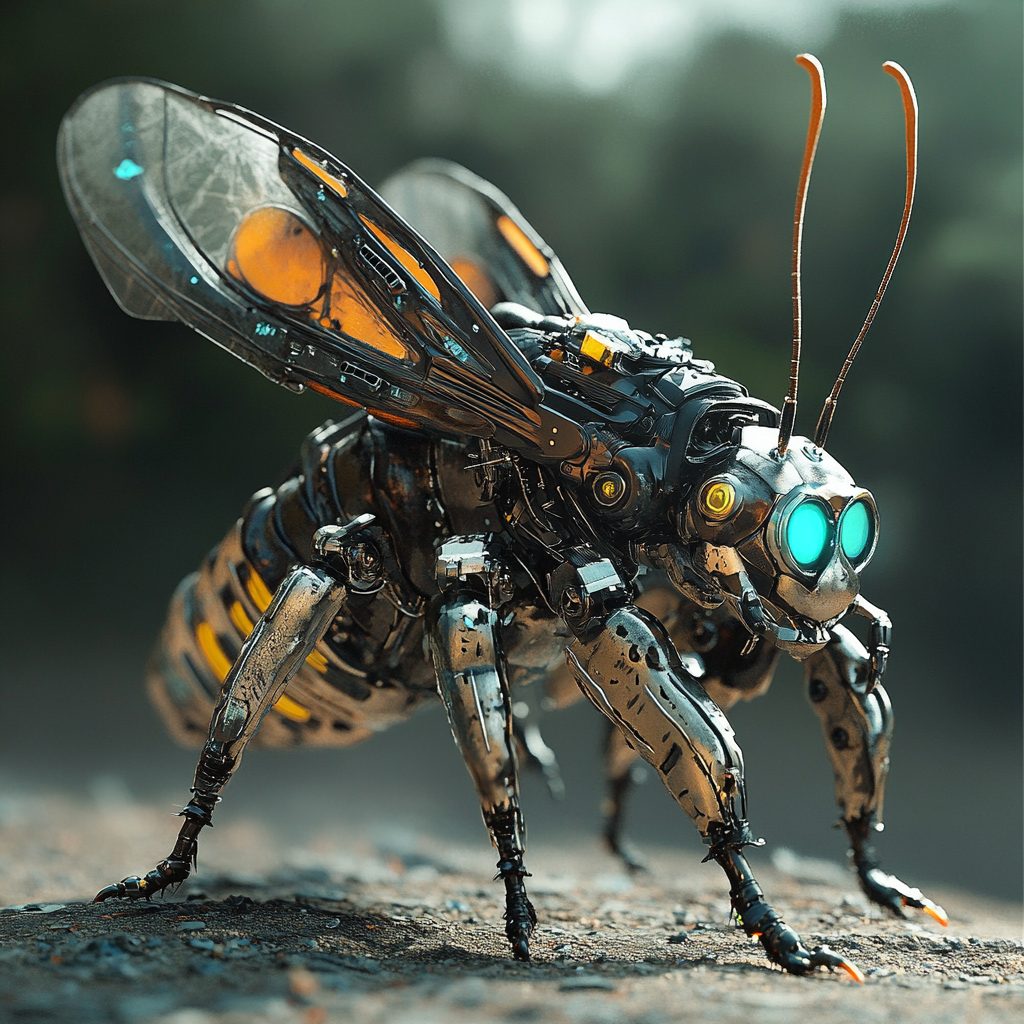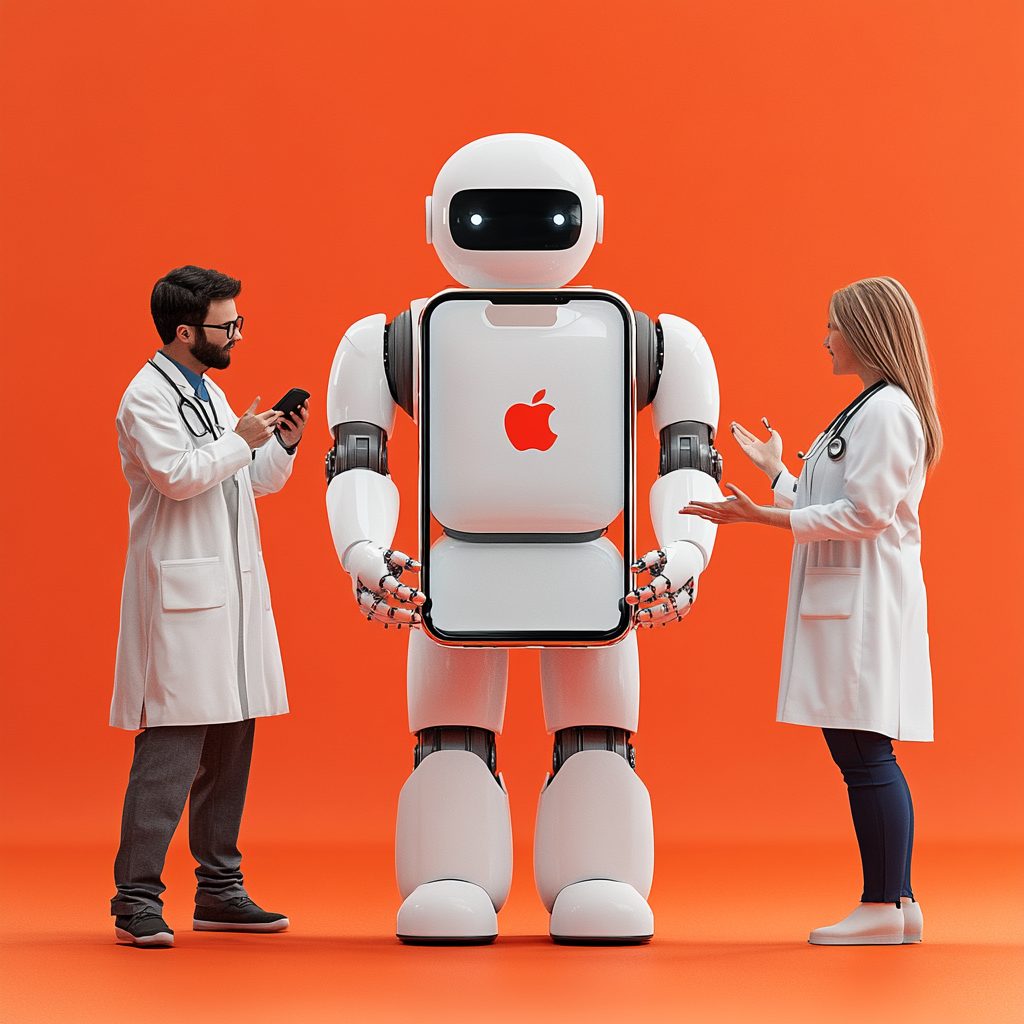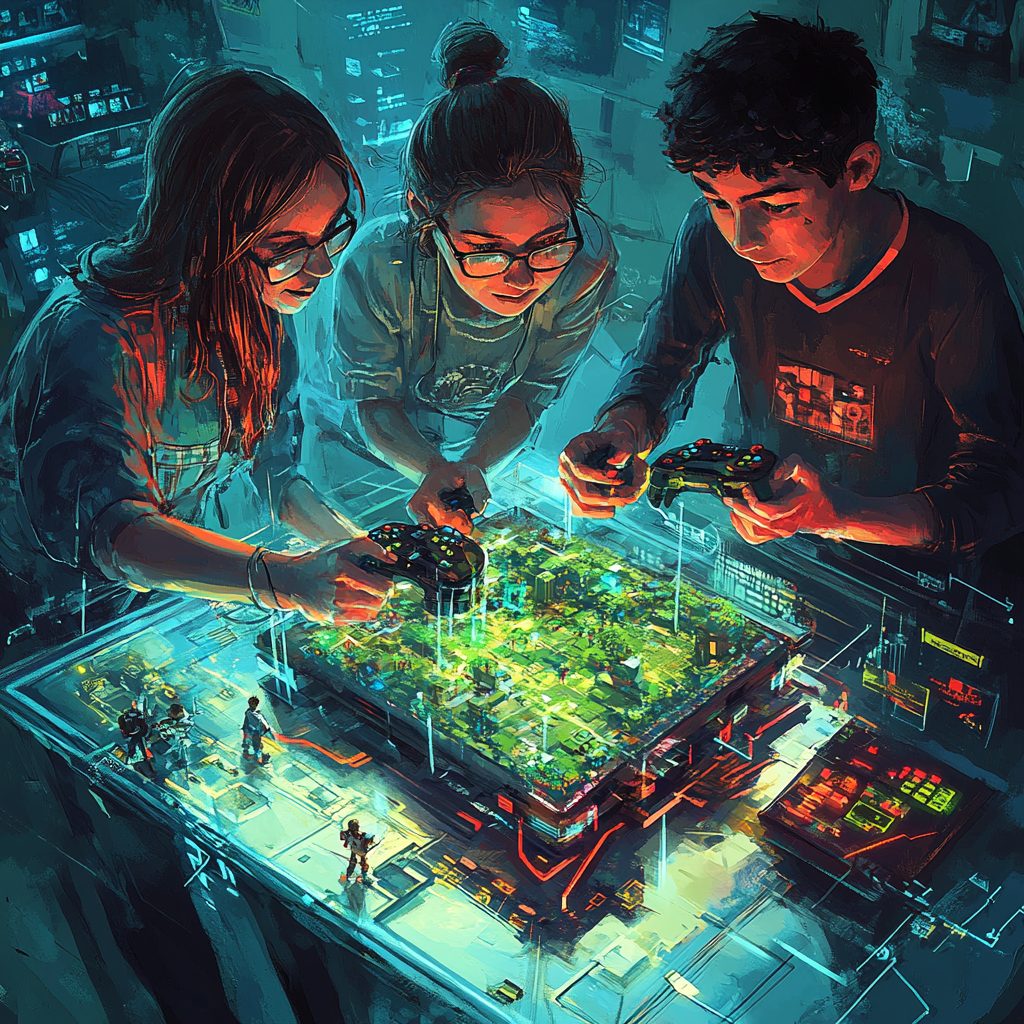Robots aren’t just metal and wires anymore. Scientists have started blending living tissues with mechanical parts, creating something entirely new: biohybrid robots. These innovations aren’t just fascinating—they challenge what we typically think robots can do and open a whole new world of possibilities.
What are Biohybrid Robots ?
Biohybrid robots combine biological components, like living cells or tissues, with traditional robotics. This powerful combination takes advantage of the natural strengths of living organisms—things like flexibility, responsiveness, and even self-healing capabilities. By mixing biology with technology, these robots can achieve tasks that purely mechanical systems struggle to perform.
Five Fascinating Examples of Biohybrid Robots
- Electronic Jellyfish Explorers
Researchers have equipped live jellyfish with tiny electronic devices, enabling them to be remotely guided through the water. These biohybrid jellyfish act as natural submarines, opening up new opportunities for ocean exploration and environmental monitoring.
- Robotic Fingers Covered in Human Skin
Scientists have successfully grown real human skin around robotic fingers, giving them an incredibly lifelike appearance. This skin isn’t just cosmetic—it can heal itself, making robots potentially more durable and human-friendly, especially for medical or caregiving roles.
- Enhanced Robots with Insect Antennae
By integrating antennae from moths into robots, scientists have significantly boosted their sensory capabilities. These robots can detect odors and chemicals with impressive accuracy, ideal for tasks like locating hazardous substances or identifying environmental contaminants.
- Environmental Monitoring with Fungus-Robots
In another surprising innovation, fungal networks have been integrated into robots to help monitor environmental changes. These biohybrid robots detect variations in humidity, temperature, and pollutants, providing critical data for ecological and climate research.
- Tiny Muscle-Powered Robots
Scientists have developed microscopic robots powered by actual living muscle cells. These tiny biohybrid machines could travel inside the human body, delivering medicines precisely where needed or performing delicate microsurgeries.
Considering Ethics and Practicality
As exciting as biohybrid robotics are, they bring up important ethical and practical questions. The use of living tissue in machines challenges our conventional definitions of life and robotics, raising concerns about the moral implications of creating entities that blur this boundary. Additionally, keeping biological components alive and functional within robotic structures is a significant technical hurdle.
The Future of Biohybrid Robots
Biohybrid robotics is just beginning, but the potential is enormous. By blending biological strengths with mechanical precision, these robots could revolutionize healthcare, environmental monitoring, exploration, and much more. As researchers overcome existing challenges, the line between life and machine will continue to blur, reshaping how we interact with technology forever.
Frequently Asked Questions
What exactly are biohybrid robots?
Biohybrid robots combine mechanical parts with living biological tissues or cells. This integration leverages natural abilities such as flexibility, adaptability, and self-healing, enabling robots to perform tasks that traditional machines cannot easily achieve.
How can biohybrid robots be used practically?
Biohybrid robots could revolutionize healthcare through targeted drug delivery and microsurgery, improve environmental monitoring, and facilitate exploration of challenging environments like deep seas or hazardous areas.
We’d love your perspective on biohybrid robots! Please leave a comment below, and don’t forget to Sign up for our AI Newsletter for the latest updates.


